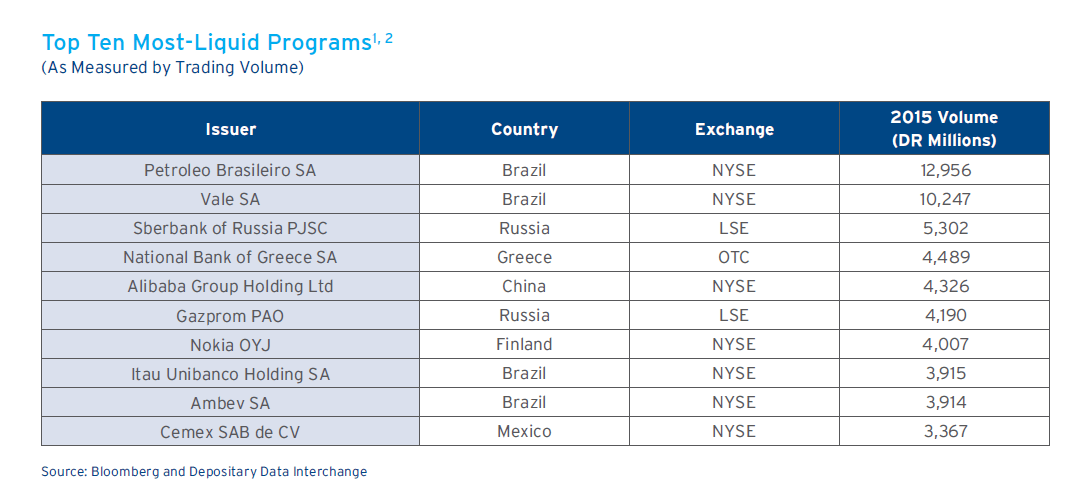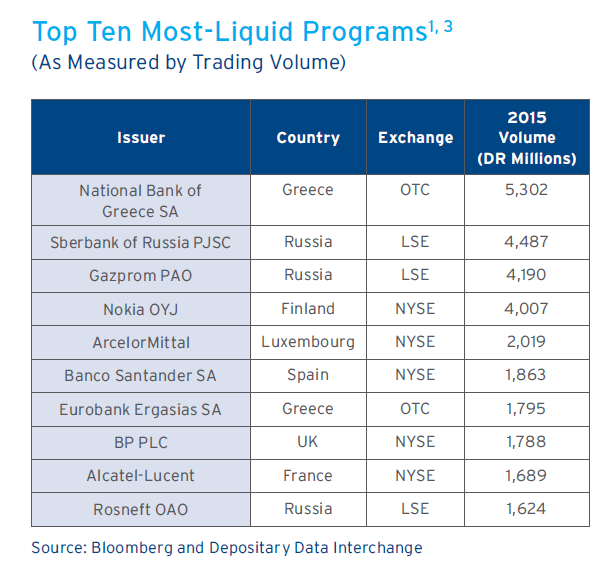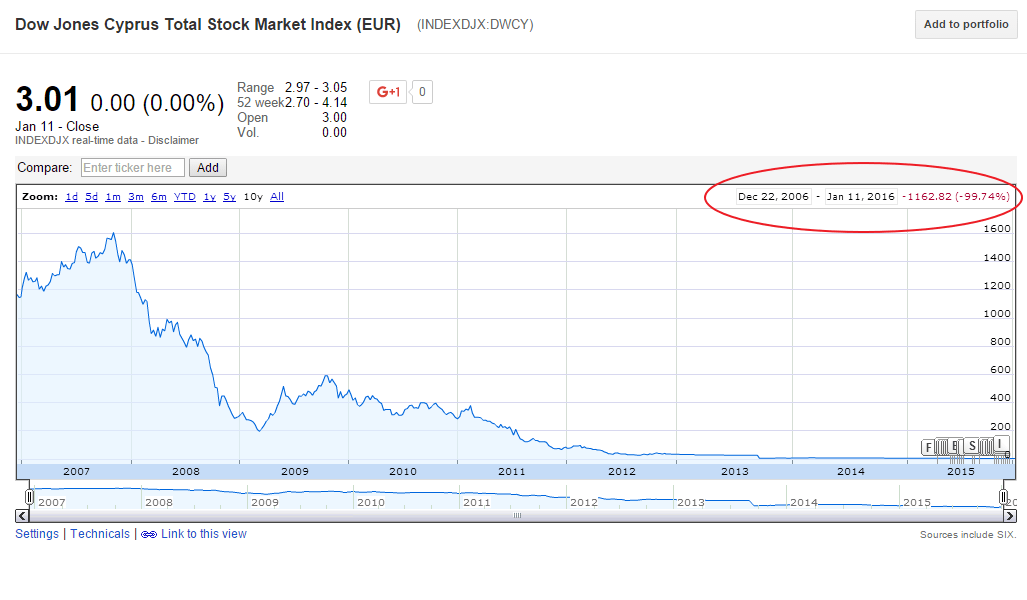- Hope and change are all but gone. Obama’s got nothing to lose any more (The Guardian)
- Are Commodities a Necessary Portfolio Component? (Josh)
- China: Pressures are escalating (Schroder’s) and see What’s Happening in China? (Schwab)
- Is the oil rout overdone? (Fidelity)
- Is Oil Too Slick for Equity Investors? (AB Blog)
- Frontier Markets in Focus: 2016 and Beyond (Franklin Templeton)
- Look beyond the China noise: European equities can return 10 per cent again (Money Observer)
- Buying the market pullbacks (Fidelity)
- Is your portfolio built for 2016? (Blackrock)
- UK: Dan Godfrey: if fund management doesn’t change, people will be “marching down the street with pitchforks” (MoneyWeek)
- Opinion: Germany’s success raises a few questions (DW)
Saint Patrick’s Cathedral, New York





